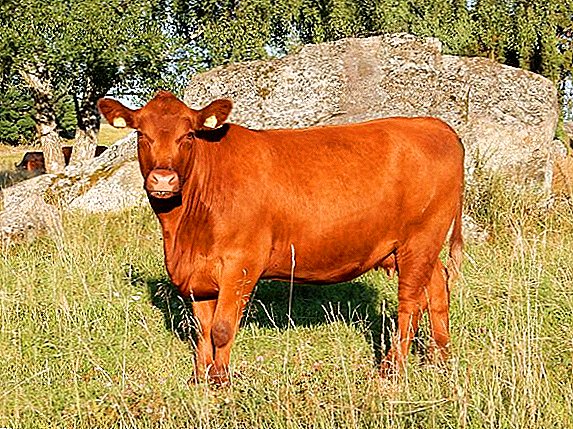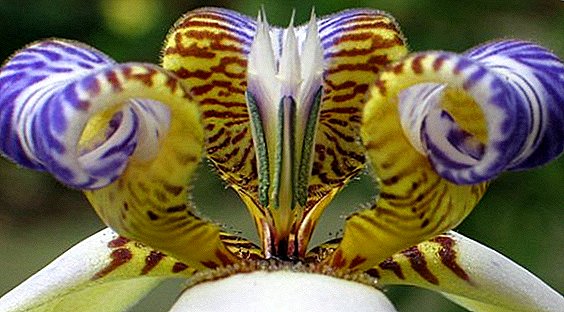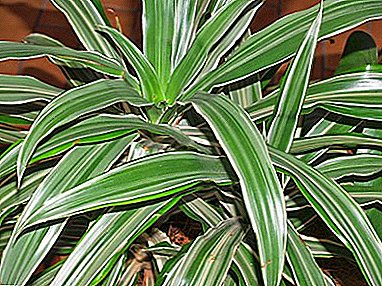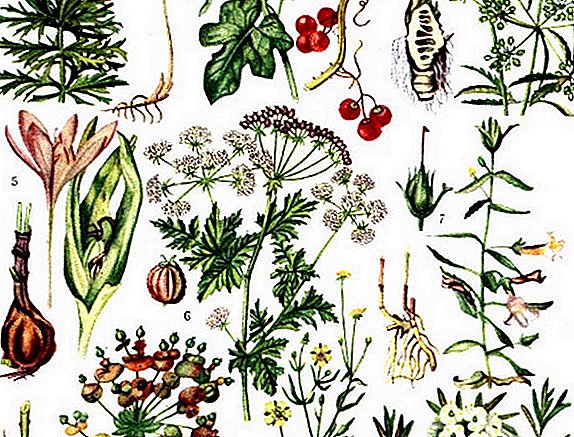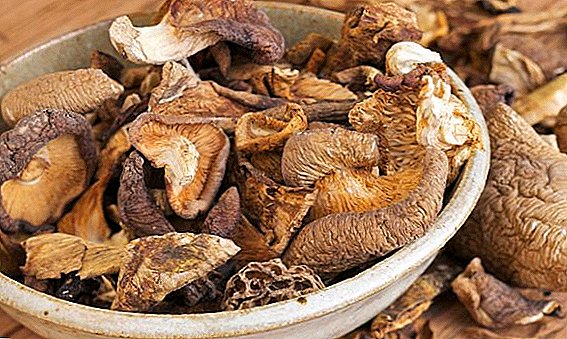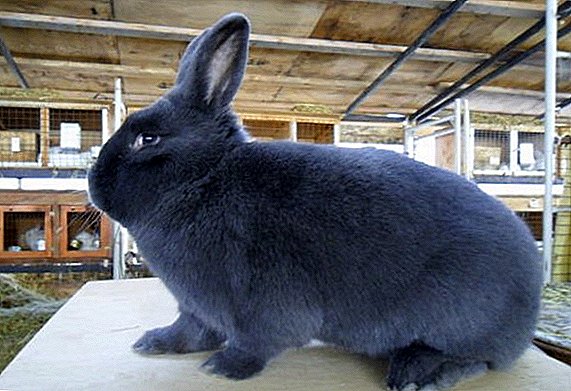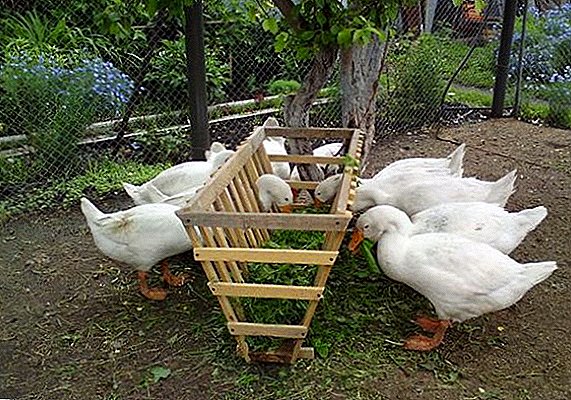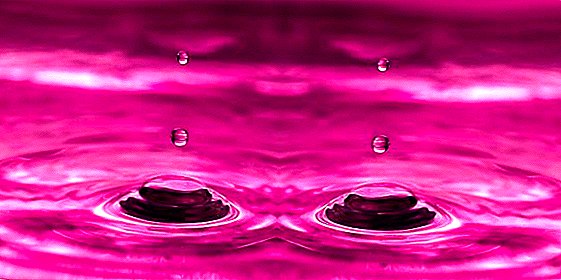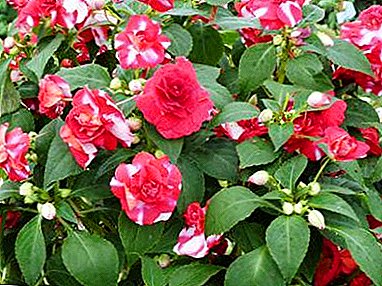 Balsam - one of the most common indoor plants, it is also called asterisk, light, Vanka-vstanka, wet Vanka, evergreen. This flower is known for a huge variety of species, differs abundant flowering, sometimes even in winter, and unpretentious care.
Balsam - one of the most common indoor plants, it is also called asterisk, light, Vanka-vstanka, wet Vanka, evergreen. This flower is known for a huge variety of species, differs abundant flowering, sometimes even in winter, and unpretentious care.
It blooms with bright simple or double flowers of the most diverse color, sometimes it has two-colored petals. Balsam was loved not only as a home flower, but also widely established itself as a garden plant, and is often used for cultivation in the open field, decorating parks, gardens and flower beds with its large flowers. With all the requirements for the care and feeding, you can admire its flowering for a long time.
How to water?
Balsam requires a fairly abundant watering. In the spring and summer, the houseplant should be watered every other day, preventing the soil from drying out. A deep pot tray will help provide better and longer soil moisture. With insufficient watering, succulent flower stems can lose their elasticity. In winter, watering should be done once every three days or twice a week, as the soil dries.
We can not allow and overflow plants, with the stagnation of moisture may appear small midges, sciarides. Water for irrigation is used as boiled and tap, but first it is necessary to let it stand for several days. Spray the home flower should only be if the air temperature in the room exceeds the values of 20-22 ° C, in other cases it will be enough just to ensure that the soil in the pots does not dry out.
If the balsam grows in the open field, then watering is done daily together with spraying. The advantage of such a system is the ability to prevent the occurrence of pests, especially spider mites. Water the soil in a timely manner to avoid drying out of the soil and the fall of flower buds. It is also undesirable to transfuse: they can rot the roots. Watering is best done in the evening, after sunset. On a cool night, the moisture does not evaporate and is well preserved in the soil.
When and what to feed?
From May to September, when the balsam is actively growing and flowering begins, it is desirable to have additional fertilizing for the full development of the flower. With the onset of autumn, the feeding is suspended. Also, do not fertilize diseased plants, and those that have recently been transplanted. In case of transplantation, fertilizers are applied not earlier than after 3 weeks (how to transplant a balsam and care for it after planting in another pot, read here).
IMPORTANT! If the balsam decided to bloom in the winter, it also needs to be fed, after the buds appear. Use a low concentration mineral solution for this purpose, adding it to the soil after watering.
What and how to fertilize?
 Once every 10 days you need to feed balsam with full mineral fertilizer. You can not make dressing in sunny weather, otherwise you will not avoid burning the roots. Before feeding, the flower is watered with ordinary water and then with fertilizer, in which nitrogen, phosphorus and potassium are necessarily present.
Once every 10 days you need to feed balsam with full mineral fertilizer. You can not make dressing in sunny weather, otherwise you will not avoid burning the roots. Before feeding, the flower is watered with ordinary water and then with fertilizer, in which nitrogen, phosphorus and potassium are necessarily present.
Fertilize Vanka can not only under the root, but also by spraying the leaves (foliar fertilizing), especially for young cuttings. To do this, the fertilizer is diluted according to the instructions in soft, settled water, which is 2-3 ° above room temperature and sprayed over the surface of the whole foliage. The stomata on the leaves of the plant absorb nutrients that are faster processed through photosynthesis.
Try feeding with alternating nitrogen and phosphate fertilizers.
A lot of various fertilizers are represented on the modern market, so there will be no problems with choosing and buying the right fertilizer for your “impatiens”. However, amidst all this diversity, it is better to pay attention to complex fertilizers for ornamental flowering plants. Fertilizer-lux, uniflor-bud, Agricola for flowering, Jolly Flower Girl for geranium and balcony flowers, or Jolly Flower Girl for violets and begonias (flowering) are well suited.
What kind of fertilizer you need to make at home?
To ensure abundant flowering balsam, during the set of buds and flowering should not use nitrogen fertilizer, it can inhibit the formation of flowers. At this time, it is necessary to give preference to phosphate-potassium fertilizers. If the soil is rich in nitrogen, then most likely the balsam will have more leaves, but there will be few flowers. When spraying water, avoid its contact with flowers - shield them with paper.
Frequent mistakes when watering and feeding
IMPORTANT! Balsam does not tolerate organic fertilizers (for example, manure), the fragrance of the flower will be replaced by lowered leaves and shedding of buds.
The rules for watering and feeding in the care of Vanka-wet:
- with lime deposits due to the use of hard water;
- it is necessary to replace part of the soil;
- Do not allow liquid to get into the root neck of the plant by watering along the edge of the pot;
- in summer, water the plant every other day, in winter, twice a week;
- drying the ground in a pot for "impatiens" is unacceptable;
- periodically drain water from the pan;
- the ground should always be wet, not wet;
- balsam like everyday spraying, especially if the temperature in the room is above 20-22 ° C;
- You can feed only healthy plants (you can find out about the balsam diseases and how to treat them here).
- after transplantation and during the winter period the balsam is not fertilized;
- an excess of nutrients is dangerous for the plant and leads to its death;
- the frequency of feedings during the growing season - 1 time in 10 days.
- How to grow garden balsam from seeds yourself?
- Features and rules for breeding balsam cuttings at home.
- All about balsam breeding?
If you still picked up the wrong fertilizer, or violated the instructions for its preparation, you should immediately stop feeding by any means. Take a break for a month, and then continue in the usual mode, only with a more careful choice of feeding. If you follow these simple rules for caring for balsamine, this beautiful plant will be pleasing to the eye both at home on the windowsill and in your garden.


